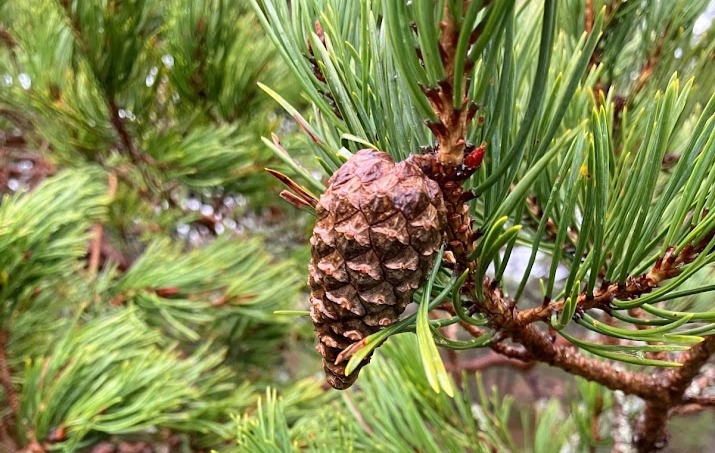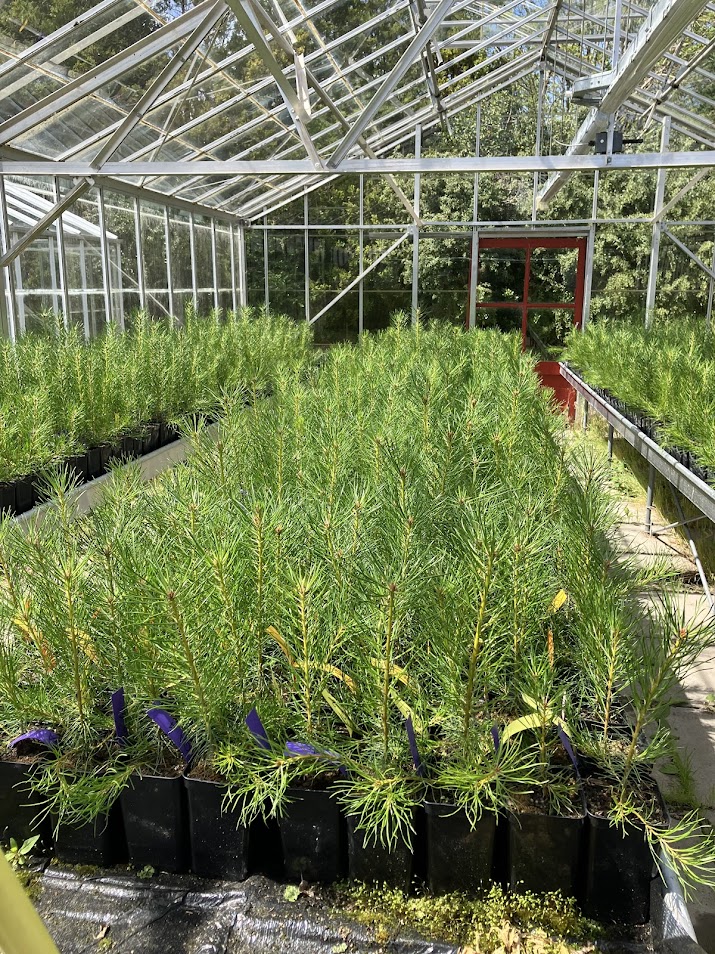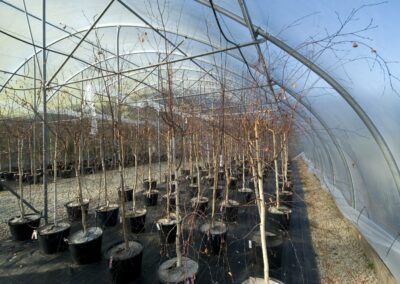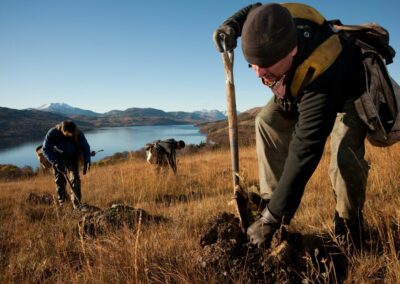Investigating Scots pine resilience
Context
This project will explore the resilience of the ecologically and economically important Scots pine (Pinus sylvestris) to compound abiotic and biotic stresses. With climate change increasing extreme weather events and pest threats, understanding trees’ responses to these stresses is vital.
The study will use a controlled experiment to examine the trees’ responses to drought and waterlogging in a glasshouse setting, followed by testing their reaction to disease in natural field conditions. By considering both the trees’ genetic makeup and provenance, the research aims to understand how different Scots pine populations handle stress.
Research aims and objectives
Aim:
Study how trees grow and respond to different stresses (drought, waterlogging and disease), based on both their genetic background and geographic origin.
Objectives:
- Measure how well the trees grow and survive under stress.
- Investigate whether these traits are inherited and how they vary by region.
- Better understand the biological processes behind their responses (another of our projects is also looking into drought and waterlogging stress response, see here for more information: Infusing resilience into the scots pine genetic resource).
Expected outcomes
This project brings together genetics, plant physiology, and plant disease research to inform policies that support tree health and sustainable forest management. In addition, the field trial will serve as a valuable long-term resource for future research and policy planning. Key outcomes of the project will include:
- a peer-reviewed scientific publication,
- a position paper to guide policy decisions,
- a workshop for stakeholders.
Further resources linked to this project
CFP Intern - Finlay (2025-2026)
Find out how intern Finlay is supporting this project throughout his sixth-month Centre for Forest Protection internship (Oct 25 – Mar 26):
Finlay – Investigating the resilience of Scots pine to drought and waterlogging
Title image: Crown Copyright. Forest Research – Tom Sim
Body image: Crown Copyright. Forest Research – Tom Sim
Glossary & Key Terms
Abiotic stress
Biotic stress
Stress caused by living organisms such as bacteria, viruses, fungi and insects.
Glasshouse setting
Plant physiology
Provenance
A forestry term used to describe the location of the stand from which reproductive material (seeds or cuttings) was collected.
Scots pine (Pinus sylvestris)
Share this project on social media
Related Projects
Our Partners
Social media
Explore
Newsletter
Contact
© 2022 Centre for Forest Protection. All rights reserved.



